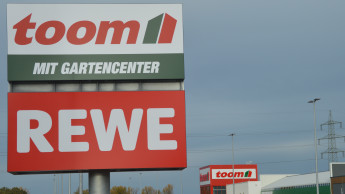Brakes on international commitment
Contrary to expectations, the proportion of new openings abroad in 2006 dropped to 29.2 per cent (34 stores), which is a lower figure than the previous year’s 38.6 per cent (40 stores). Similar downswings have been experienced in the past (e.g. 2004), since plans sometimes require more time to be put into effect than was originally appreciated. Countries like Sweden and Turkey, where expansion had previously boomed, tended to be neglected in the wave of international growth in the year 2006, when the focus turned more towards Bulgaria, Italy, Poland, Romania, Russia and Switzerland instead. Future planning provides for more than 50 more stores abroad. The answers to any enquiry into the reasons for this international trend tend mainly to point to the continuing high single- or double-digit sales growth rates achieved in many countries of eastern Europe and in Russia, as well as positive contributions to company results. In comparison, the performance of retailers in the west European near-abroad needs to be reviewed with great care, since the habit of financing consumption by credit is raging like wildfire there. Though there do still seem to be opportunities for growth in countries with above-average purchasing power, e.g. in Scandinavia, Luxembourg, the Netherlands and Switzerland.
Deficit for large formats
Among the newly opened stores, those bigger in size were unable to avoid losses in 2006. A total of 43.1 per cent of all the new openings effected during the period under review were between 5 000 m² and 10 000 m² in size, whereas their share still came to 44.2 per cent in 2005. The…

 Menü
Menü














 Newsletter
Newsletter